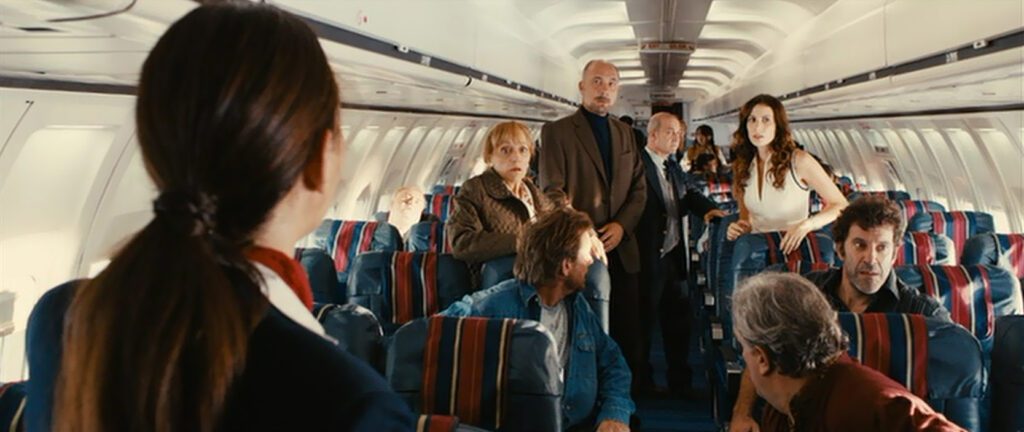
Wild Tales
2014, directed by Damián Szifron
Wild Tales is an anthology of six short episodes about revenge. Their common element is plain enough, but the fascinating question is why they are arranged in the given order. From an editor’s point of view it’s effective to lead with shorter episodes, as Wild Tales does, rewarding the viewer with a feeling of progress, and it doesn’t hurt to start with a banger that mixes shocks with laughs. Still there’s more to the sequence than dramatic calculation. The order has an inner logic that viewers may intuit without realizing it. Each episode makes a different argument against revenge, and each argument is more forceful than the one before it.
1. Pasternak
The passengers and crew on an airplane gradually realize they are all victims of a masterful revenge plot by a certain Gabriel Pasternak whom they have all wronged in various ways. One was a critic who bludgeoned Pasternak’s composition and ended his musical career. One is his ex-girlfriend who cheated on him with his only friend. That “only friend” is there too, of course… and so are Pasternak’s psychiatrist, a teacher who held him back, and so on.
The argument here is simple: revenge is for losers. As glorious as Pasternak’s vengeance may be, no one would wish to trade places with him. The story is worthy of Boccaccio for its concision, its comic tension, and its dramatic twists, but the argument has greater emotional force than ethical force.
2. Las ratas (The Rats)
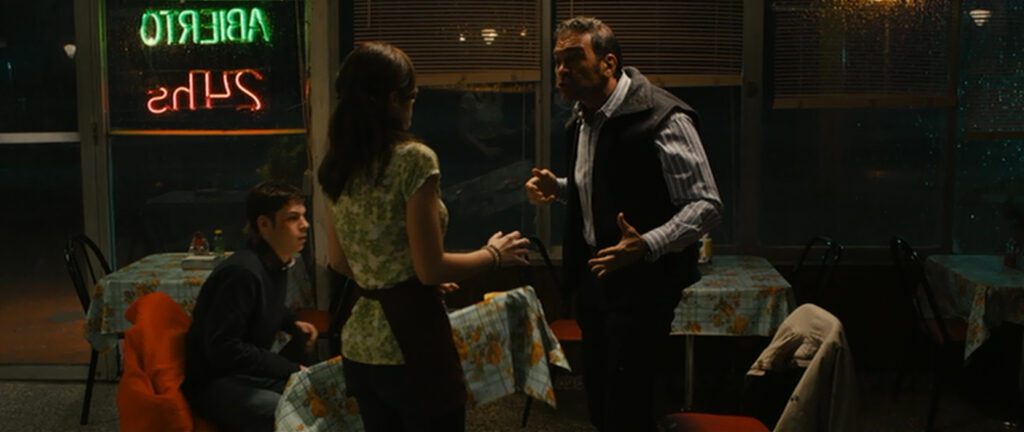
A waitress finds herself in the situation she’s long dreamed of: the gangster who drove her father to suicide is alone in the diner at her mercy. Though she can’t bring herself to carry out her revenge, the cook, an older woman who’s been in prison, is all too willing. The cook laces the man’s meal with rat poison and, when that’s not enough, stabs him to death. The waitress puts up token resistance to the cook’s plan, but her deep-seated wish makes her complicit, and she ends up pinned under the man’s corpse, lying in a pool of his blood.
The argument here is that revenge drags the avenger down with it. The waitress is literally dragged down and bloodied, but the figurative part of the lesson applies as well. By allowing the cook to kill the gangster, she has sullied herself and achieved nothing. The gangster’s son is also poisoned, and the cook is on her way back to prison. The cook, who apparently has a history of revenge, is introduced to the sound of a flushing toilet, priming us to see that revenge is inherently degrading. It’s an honest argument, but not necessarily persuasive. People who seek revenge are probably aware that they’re lowering themselves and accept the bargain.
3. El más fuerte (The Strongest)

Two motorists on a lonely highway in northwest Argentina continuously upstage each other in a vicious cycle of road rage. The scene ends with the charred bodies of both men side by side, their arms ironically embracing like old friends. (This and the next two episodes all revolve around cars.)
The argument is that revenge tends to escalate. Each man’s turn gets more and more outrageous, and what began as a petty dispute about a slow driver hogging the road winds up with both parties killed in a fiery explosion. As an argument it’s valid enough, but it allows for exceptions, as the next scene will demonstrate.
4. Bombita
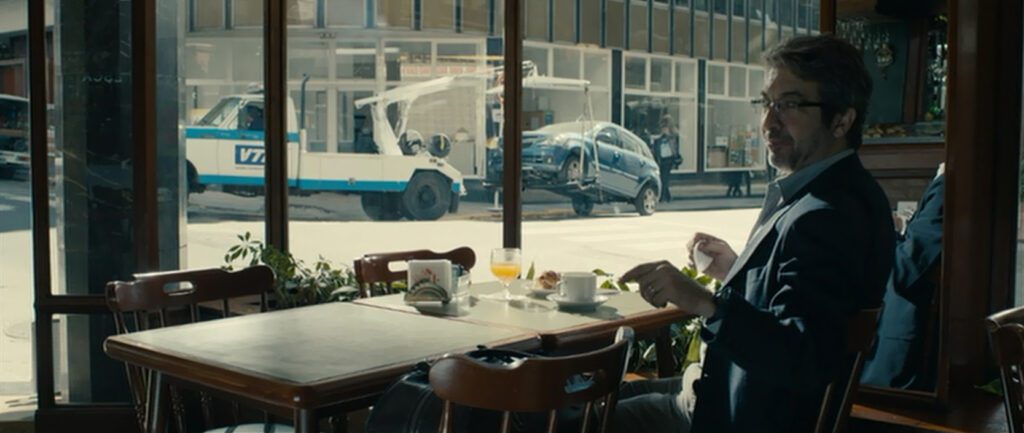
An explosives engineer gets an unjust parking ticket, and his life spirals out of control when he seeks restitution, losing his wife and job as he overreacts. Furious at the towing company, he allows his car to be towed again with explosives in the trunk. Thanks to his professional precision, the car does maximum damage to the enemy without causing any bodily harm. The law holds him not responsible, and he becomes a folk hero throughout Buenos Aires.
This episode would seem out of place in a movie arguing against revenge, because the engineer is ultimately rewarded. On one hand the story is a concession to reality – revenge may occasionally succeed. Looking deeper, however, it makes a different point:
The argument is that revenge is a fantasy. If successful, it’s more trouble than it’s worth. The engineer goes through agony only to come back where he could have begun. More to the point, though, is the public who idolizes the engineer. In reality most people, not being explosives engineers, are not so ideally positioned to fulfill their elaborate revenge schemes. Fantasies of revenge are generally deceptive.
5. La propuesta (The Proposition)
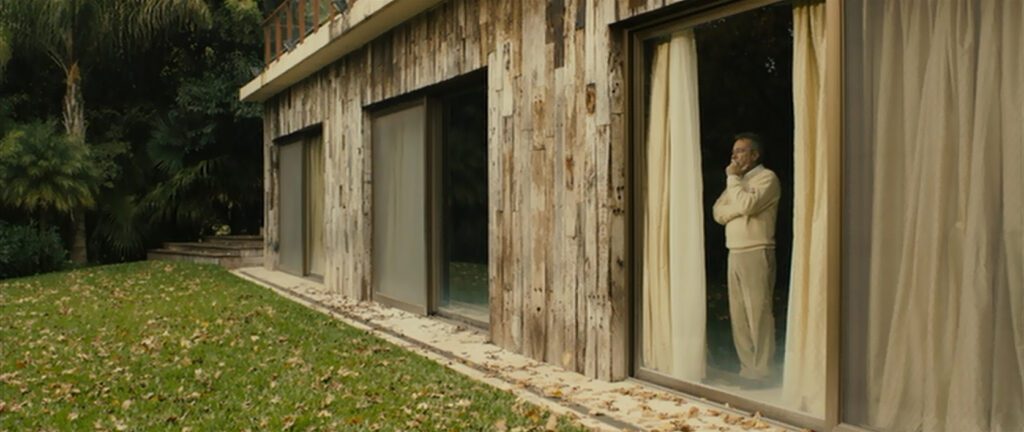
The deadbeat son of a multi-millionaire couple arrives home one night after killing a woman in a drunken hit-and-run. Knowing his cowardly son would fare badly in prison, the father arranges to pay the family’s gardener a fortune to take the blame. Eager to provide for his poor family, the gardener reluctantly agrees, but on his way to the police car the victim’s husband kills him.
The argument is that revenge has unintended consequences. The avenger only appears twice, once on television and once in person at the end, but his motives are easy to read. His moral outrage leads him to kill a nearly innocent old man instead of the guilty son. Ultimately the argument goes beyond consequences – it says that taking revenge is playing God.
6. Hasta que la muerte nos separe (Until Death Do Us Part)
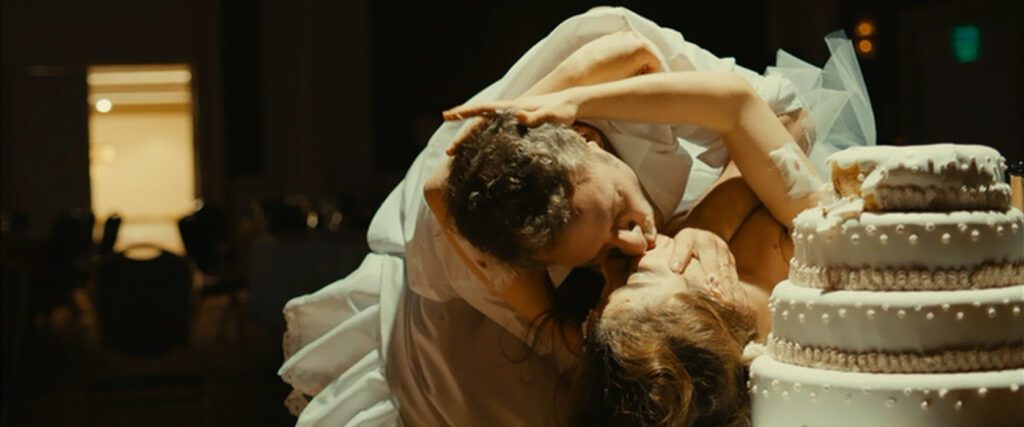
At a wedding reception in a luxury hotel, the new bride discovers that her husband has been cheating, and even now he’s flirting with the other woman. She runs out to the terrace, finds consolation from a chef on his break, and has sex with him. The groom catches them, but her outrage is greater than his. She threatens him with the worst she can think of, and back at the reception the couple makes a hideous emotional spectacle. At last the groom, miserable beyond measure, takes a large knife in hand, and the whole party expects him to attack the bride. Instead he cuts a piece of wedding cake and dramatically invites his wife to dance. Realizing that the score’s been settled, she accepts, and their dance becomes so passionate that the guests quietly file out to give the couple privacy.
The argument in this episode is that the desire for revenge is a death wish. The story unites the previous five lessons, but for once the characters move beyond revenge to an affirmation of life. The movie concludes with the couple pressed against their cake making love. They have just been through hell – battered, humiliated, bloodied, exhausted, drunk, their wedding ruined, with cake and vomit on their faces – but they are both totally alive. The last image is the pair of plastic figurines from the wedding cake getting buried on the floor by plates and crumbs. The figurines’ deathlike pose is a total contrast to the real husband and wife above who have so fully embraced life.
CONNECTIONS:
L’Atalante – Newlywed couple as an embodiment of both lifelessness and life
Dry Season – Argument against revenge
Melancholia – Bracketed by a collision with Earth and a disastrous wedding
There Is No Evil – Anthology of tales presenting an ethical question from different angles